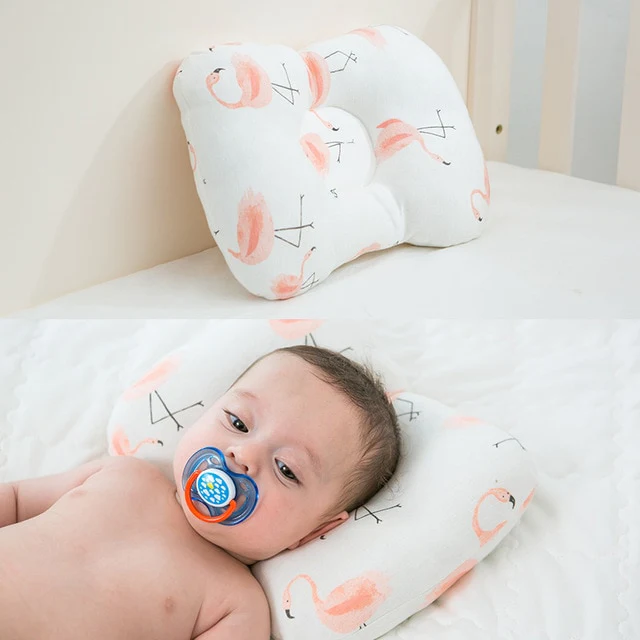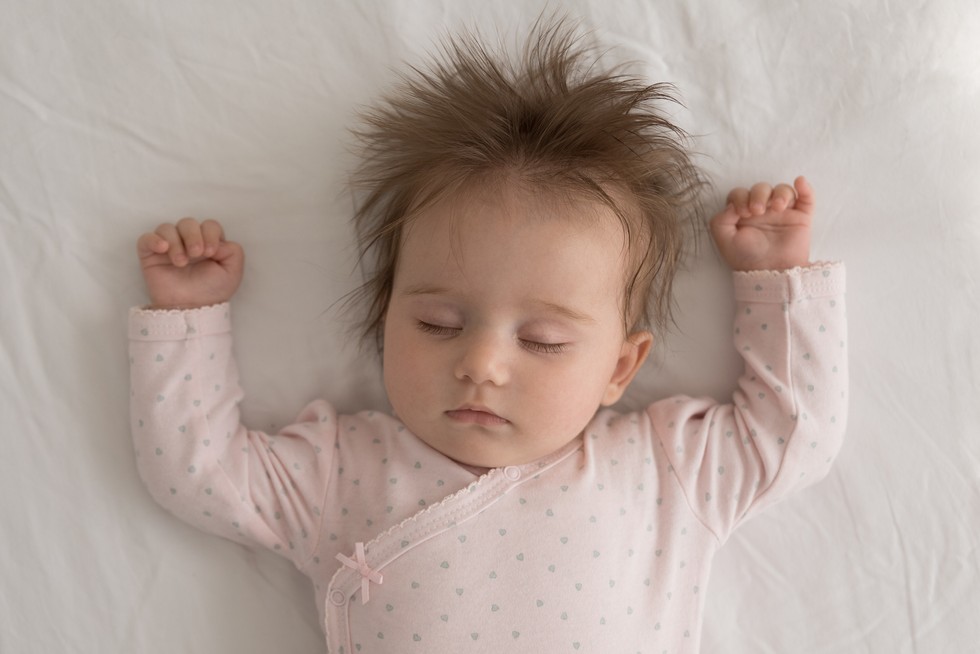Should You Use a Baby Pillow for Newborns? Safety and Comfort Considerations
Newborn babies are delicate and require a safe sleep environment to promote healthy development. In recent years, there has been a growing concern about the use of baby pillows. This article explores the potential risks and benefits of introducing pillows to newborns, helping you make informed decisions for your little one’s sleep.
Why Are Baby Pillows Not Recommended for Newborns?
The decision to avoid baby pillows for newborns goes beyond simply following a recommendation. Here’s a closer look at the potential risks associated with using pillows for infants under one year old:
-
Increased Risk of SIDS (Sudden Infant Death Syndrome): SIDS is the leading cause of death for infants between one month and one year old. The exact cause of SIDS is unknown, but anything that can potentially obstruct a baby’s airway or rebreathing is a concern. Soft objects like pillows can increase this risk in a few ways:
-
Blocking the Airway: A newborn’s head is relatively heavy compared to their body size. If their face sinks into a pillow, their airway could become blocked, hindering their ability to breathe.
-
Rebreathing Exhaled Carbon Dioxide: Soft pillows can trap exhaled carbon dioxide around a baby’s face. This can lead to suffocation if they are unable to reposition themselves.
-
-
Suffocation Risk: Newborns lack the head and neck control to easily move their heads if their airway becomes obstructed. A pillow could potentially smother them, especially if they roll over onto their stomach during sleep.
-
Entrapment Risk: Loose bedding, including pillows, can pose an entrapment hazard. A baby could become entangled in the pillow or bedding, restricting their movement and breathing. This is especially true for very young babies who don’t have the strength to move themselves free.
-
Positioning Issues: Pillows can cause improper neck alignment in newborns. A baby’s head and neck are still developing, and a pillow can force them into an unnatural position, potentially leading to discomfort or breathing difficulties.
-
Unnecessary for Comfort: Newborns have very little head and neck space compared to adults. A firm mattress designed for infants provides the necessary support for their tiny bodies. Pillows aren’t necessary for proper sleep posture at this stage.
What Alternatives Are Available for Newborns?
While baby pillows might seem like a natural addition to a crib, prioritizing your newborn’s safety means exploring alternative ways to ensure their comfort and promote sound sleep. Here are some effective options:
A Firm, Crib Mattress:
-
The foundation for a safe and comfortable sleep space starts with the mattress. Choose a firm, crib mattress specifically designed for infants. These mattresses provide the necessary support for a newborn’s developing back and head, ensuring proper spinal alignment.
Fitted Sheet Only:
- Keep bedding simple and safe. Use a well-fitting sheet that is snug around the mattress. A tight fit prevents loose fabric from bunching up or creating a suffocation hazard. Avoid using blankets, comforters, or stuffed animals in the crib for the first year.
Swaddling (Optional):
-
Swaddling can be a comforting technique for newborns, mimicking the feeling of being held close. It can help them feel secure, promote sound sleep, and prevent them from startling themselves awake. However, swaddling should be discontinued once your baby shows signs of rolling over.
Sleep Positioners (Use with Caution):
-
Wedge-shaped sleep positioners are marketed to prevent flat head syndrome (plagiocephaly). However, their safety and effectiveness are not definitively proven. These products can potentially restrict movement or airflow, and some studies suggest they might even increase the risk of SIDS. Always consult your pediatrician before using any sleep positioner and follow their specific recommendations for safe use.
Beyond these specific alternatives, here are some general tips for creating a safe sleep environment for your newborn:
-
Back Sleep Position: Always place your baby on their back to sleep. This is the safest position to reduce the risk of SIDS.
-
Room Temperature: Maintain a comfortable room temperature, ideally between 68-72 degrees Fahrenheit (20-22 degrees Celsius). Overheating is a risk factor for SIDS, so avoid bundling your baby up too much.
-
White Noise Machine (Optional): A white noise machine can create a calming environment and help mask household noises that might disrupt your baby’s sleep.
-
Nightlight (Optional): A dim nightlight can provide some comfort and make nighttime diaper changes easier without being too stimulating.
When Can You Introduce a Pillow to Your Baby?
The AAP advises waiting to introduce a pillow until your baby is at least one year old. Here are some signs that your baby might be ready for a pillow:
-
Strong Head and Neck Control: Your baby should be able to hold their head up steadily and easily roll over in both directions.
-
Reaching Out for Pillows: If your baby shows interest in pillows and attempts to use them during sleep, it might be a sign they’re ready.
-
Toddler Bed Transition: When transitioning your baby to a toddler bed, a small, firm pillow can be introduced.
Additional Safety Tips for Infant Sleep
Creating a safe sleep environment is crucial for your newborn’s well-being. Here are some additional tips to remember:
-
Back Sleep Position: Always place your baby on their back to sleep, as this is the safest position to reduce the risk of SIDS.
-
Clear Crib: The crib should be free of any soft objects, loose bedding, bumpers, or stuffed animals.
-
Smoke-Free Environment: Secondhand smoke exposure is a risk factor for SIDS. Keep your home and car smoke-free.
-
Room Temperature: Maintain a comfortable room temperature to prevent overheating.
-
Breastfeeding: Breastfeeding is linked to a reduced risk of SIDS.
Conclusion: Prioritize Safety for Your Newborn’s Sleep
While baby pillows might seem cute or comforting, a safe sleep environment is paramount for your newborn. The AAP’s recommendations against pillows for infants under one year old are based on safety concerns. There are plenty of alternative ways to ensure your baby’s comfort and promote sound sleep. When the time comes, you can introduce a pillow when your baby shows signs of readiness and is at least one year old. If you have any questions or concerns about your baby’s sleep, always consult your pediatrician.
